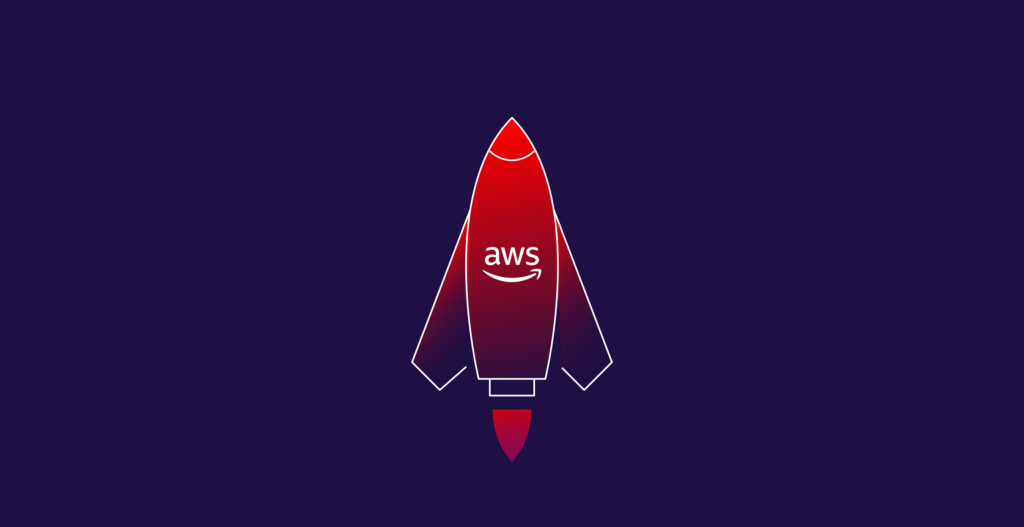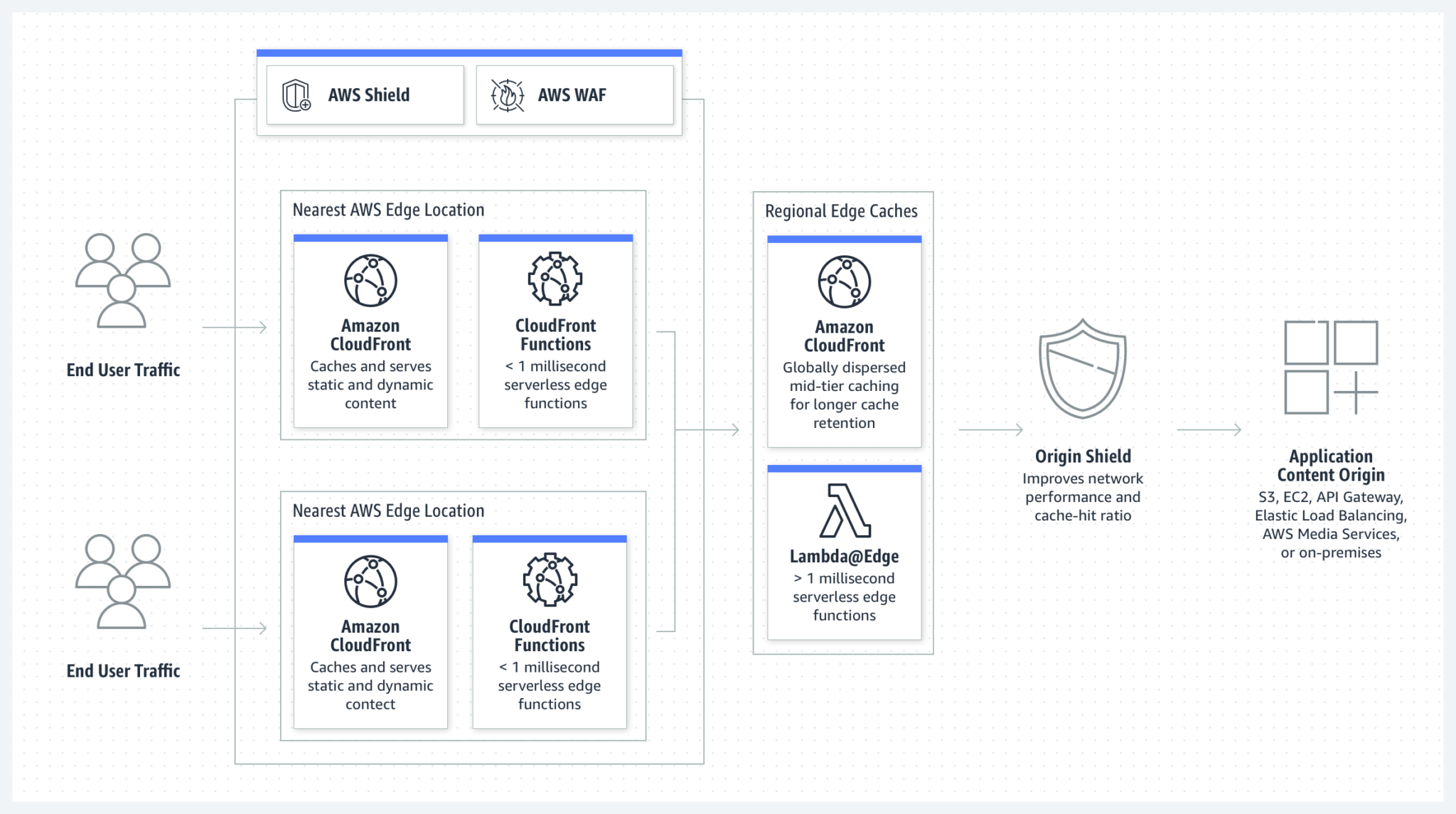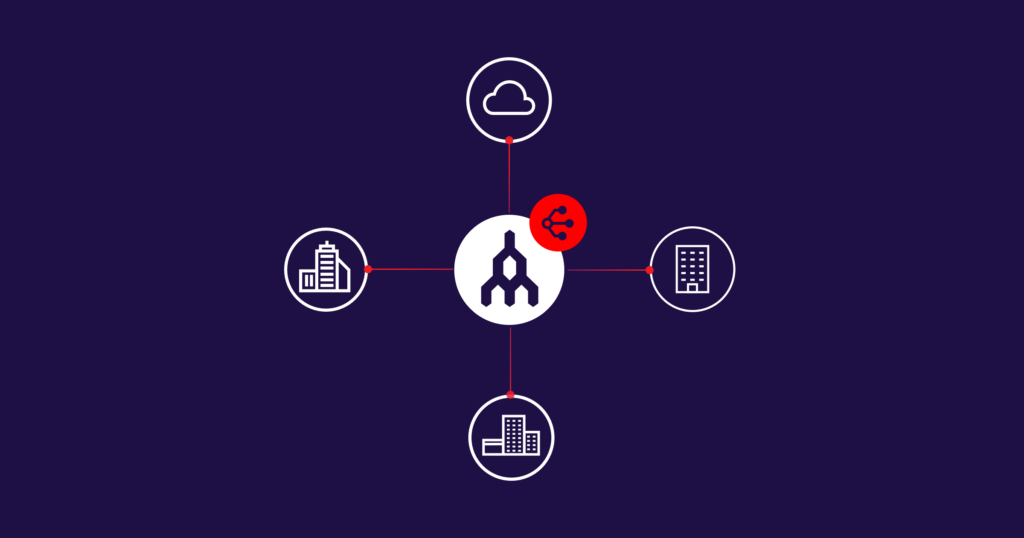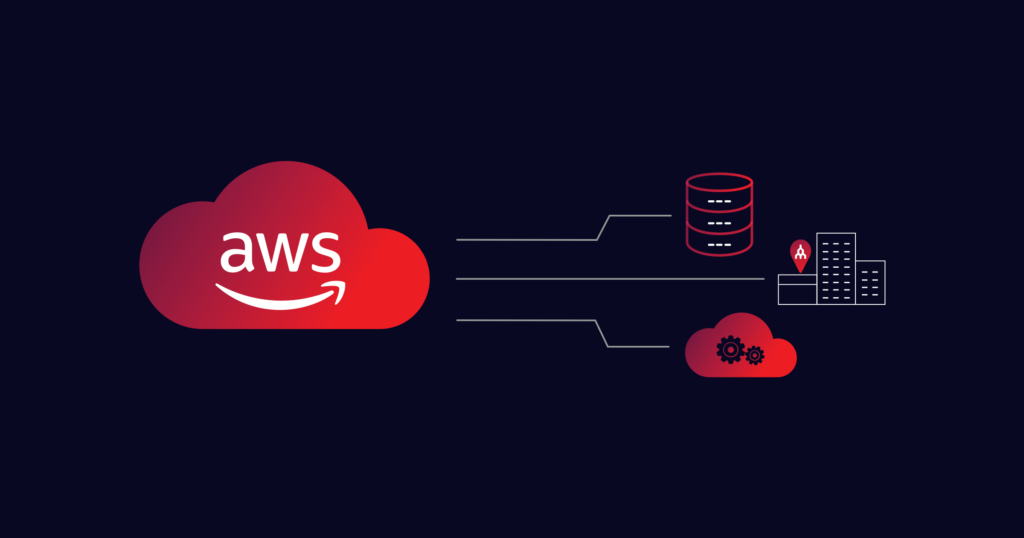
How to Fix Poor AWS Latency
- Blog , Cloud , Networking
- May 17, 2022
Find out how to reduce your latency and get better network performance from the leading cloud service provider.
In the modern business world, AWS is everywhere. An estimated 93 percent of businesses rely on AWS to some degree, while small- to mid-sized businesses claim to run 41 percent of significant workloads on the leading cloud platform.
One of the top questions AWS users ask is how they can make their AWS connection faster. This is hardly surprising; with an increasing need for businesses to support distributed workforces and digital transformations, high-performing cloud networks have become a necessity. Thankfully for AWS users, the leading cloud provider has a number of tools you can use to improve your AWS network speed and performance. You just have to know where to start – which is where we come in.
With a redundant network comprising a huge number of connectivity points, architecting your AWS connections for super-low latency isn’t only possible, it’s encouraged. Here’s our list of AWS tools and features to help improve network security, management, and performance for your fastest network yet.
Also looking to reduce costs with AWS? Check out our handy guide here.
AWS Global Accelerator
With Global Accelerator, AWS promises up to a massive 60 percent improvement in the performance of your traffic . Thanks to its ability to offer such consistent throughput, this tool is especially useful if your business offers applications in gaming, media, mobile, or finance .
AWS Global Accelerator works by provisioning global static public IPs, which provide you with constantly available entry points. You can then add or remove any other AWS application endpoints, from Application Load Balancers to EC2 instances, on the back end of these IPs. With this setup, AWS Global Accelerator can route your traffic to your closest AWS edge location, then route it to your closest regional endpoint using the AWS global network.
By improving your AWS network availability and opening up your routing options with this method, Global Accelerator can deliver latency, throughput, and jitter reduction of up to 60 percent. However, it’s worth noting that this reduction is in the context of the connections Global Accelerator serves, which are usually public and internet-based. If you can go one step further and use private connectivity, you’ll open up a slew of other possibilities for improving your AWS connection speed.
AWS Direct Connect
AWS Direct Connect offers an alternative to using the public internet to connect to AWS, instead providing a private network connection between your on-prem networks and any AWS service you need to access. Along with reduced costs and better security, Direct Connect improves the reliability of your AWS connections for consistently low latency with the availability of dedicated connections up to 100 Gbps .
There are two types of connections with Direct Connect:
- Dedicated connection - Provisioned by and associated with a single customer through the AWS Direct Connect console, CLI, or API.
- Hosted connection - Provisioned on behalf of a customer by an AWS Direct Connect Partner on request.
To get started with Direct Connect, you’ll need to connect via a location (often referred to as an on-ramp), which is the secure midpoint between you and your AWS services. AWS recommends you use more than one location for better availability.
Learn more about connecting to AWS using Direct Connect locations.
Amazon CloudFront
Is website or content delivery a core component of your business operations? Amazon CloudFront is a low-latency Content Delivery Network that reduces website or application delivery time, including for dynamic, static, streaming, and interactive content.
Amazon CloudFront uses cache control headers to discern static and dynamic content and cache this content close to your end users, leveraging its 310+ global Points of Presence (PoPs) for super-fast data delivery. Helping you optimize performance across an entire website or application, Amazon CloudFront also easily integrates with other AWS services and offers a “pay-as-you-go” setup to simplify adoption.

To get started using Amazon CloudFront, you’ll want to store the definitive versions of your files in “origin” servers, like an Amazon S3 bucket or Amazon EC2 instance, then register your origin servers with Amazon CloudFront using their API to receive a CloudFront.net domain name you can use for distributing your content from your servers.
Get faster AWS connectivity with Network as a Service
When it comes to speeding up your network, these AWS tools can make a massive difference – but the best place to start is to examine your enterprise network as a whole. Using the public internet leaves your network at the mercy of traffic fluctuations which can severely impact speed and performance. Traditional telecommunications providers can be a problematic alternative, forcing customers to lock into contracts where bandwidth can’t be scaled up to support peak demand periods. The result: Slow, unreliable network performance and the need for constant disaster mitigation from your IT department.
By using Network as a Service (NaaS) as your AWS connectivity method, you can bypass the public internet and switch to a private network path. Plus, when you provision NaaS connectivity with Megaport, you’ll benefit from:
- Better performance - avoid bottlenecks and downtime caused by internet traffic fluctuations. With your own connection to AWS on Megaport’s private backbone, your connectivity will be fast and consistent.
- Scalable bandwidth - provision connections and turn up bandwidth (in some instances, up to 100 GB) on demand via the Megaport portal to deliver the performance you need in peak periods, then turn it down when no longer needed to start saving instantly.
- “Always on” redundancy - with 700+ on-ramps globally, you’re protected from downtime with Megaport’s Service Availability target of 100 percent.
- Megaport Cloud Router (MCR) - Megaport’s virtual routing service provides on-demand private connectivity at Layer 3 for high-performance cloud-to-cloud routing without hairpinning to and from your on-premises environments.
- Megaport Virtual Edge (MVE) - To bring the benefits of a low-latency network right to the edge, use MVE, Megaport’s Network Function Virtualization (NFV) service, to get direct, private connectivity from branch to cloud – reducing latency and jitter on your mission-critical applications.
Use one, or use them all; with AWS, you can leverage any combination of these tools to reduce your network latency. When underpinned by a NaaS like Megaport’s, you’ll benefit from a faster network from end to end for a more productive business with a more profitable bottom line.


